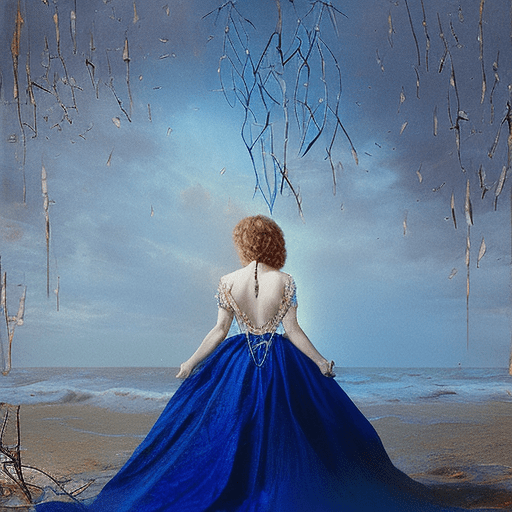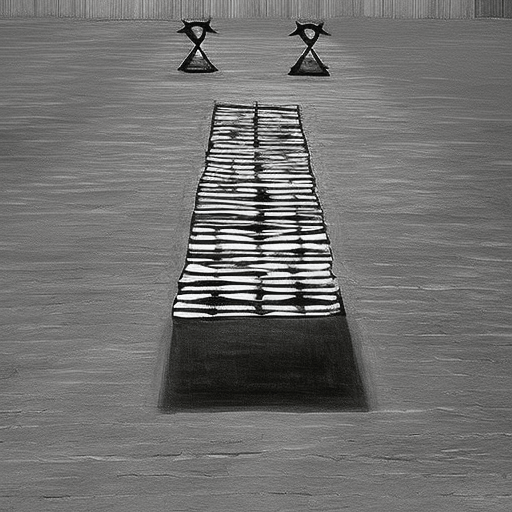One-line Summary:
Three Colors: Blue is a 1993 French drama film directed by Krzysztof Kieślowski. After losing her husband and daughter in a car accident, a woman named Julie attempts to rebuild her life and find her own identity, while grappling with grief, guilt, and the weight of her past.
Main Cast and Crew:
- Director: Krzysztof Kieślowski
- Writer: Krzysztof Kieślowski, Krzysztof Piesiewicz
- Key Actors: Juliette Binoche as Julie Vignon, Benoît Régent as Olivier, Florence Pernel as Sandrine, Charlotte Véry as Lucille, Hélène Vincent as Josette, Philippe Volter as Patrice
- Music Director: Zbigniew Preisner
- Director of Photography: Sławomir Idziak
- Producers: Marin Karmitz, Yvonne Crenn
Plot:
After the tragic accident that claims the lives of her husband and daughter, Julie Vignon (Juliette Binoche) finds herself overwhelmed by grief and decides to isolate herself from the world. She moves into a new apartment, cuts off all ties to her past, and tries to start anew. However, she soon discovers that escaping her past is not as simple as she thought.
As Julie begins to confront her emotions and memories, she becomes entangled in the lives of those around her. She forms a connection with Olivier (Benoît Régent), her late husband’s music collaborator, and Sandrine (Florence Pernel), a woman who was involved in the accident. Through these relationships, Julie starts to rediscover her own identity and finds solace in music.
The film explores themes of grief, loss, and the search for personal freedom. It delves into the complexities of human emotions and the ways in which individuals cope with tragedy. Kieślowski’s masterful direction and Binoche’s captivating performance bring these themes to life, creating a deeply moving and introspective narrative.
Themes and Motifs:
Freedom: The film examines the concept of freedom and the different ways in which characters seek it. Julie’s journey towards personal freedom involves breaking free from the past and finding her own path. The motif of freedom is also explored through music, which serves as a means of emotional release and liberation.
Grief and Guilt: The themes of grief and guilt are central to the film. Julie’s grief over the loss of her family is palpable throughout, and she grapples with feelings of guilt for surviving the accident. The film explores the complexities of these emotions and their impact on Julie’s journey towards healing.
Identity: Another key theme in the film is the search for identity. Julie’s isolation and detachment from her past prompt her to question who she truly is and what she wants from life. Through her interactions with others and her exploration of music, she begins to rediscover her own identity.
Reception and Legacy:
Upon its release, Three Colors: Blue received critical acclaim for its powerful storytelling, stunning visuals, and Juliette Binoche’s exceptional performance. The film was nominated for three Academy Awards and won numerous accolades, including the Golden Lion at the Venice Film Festival.
Krzysztof Kieślowski’s Three Colors trilogy, of which Blue is the first installment, has had a lasting impact on cinema. The trilogy, consisting of Blue, White, and Red, explores different aspects of the human condition and is regarded as one of the greatest achievements in European cinema.
Recommendation:
Three Colors: Blue is a profound and emotionally resonant film that delves into the depths of grief, guilt, and personal liberation. With its stunning visuals, exceptional performances, and thought-provoking themes, it is a must-watch for fans of art-house cinema and those seeking a deeply introspective cinematic experience.
Memorable Quote:
“Now I’m free. I’m free of all obligations. Free to do what I want. Free to think what I want. Even free to feel what I want.” – Julie Vignon












